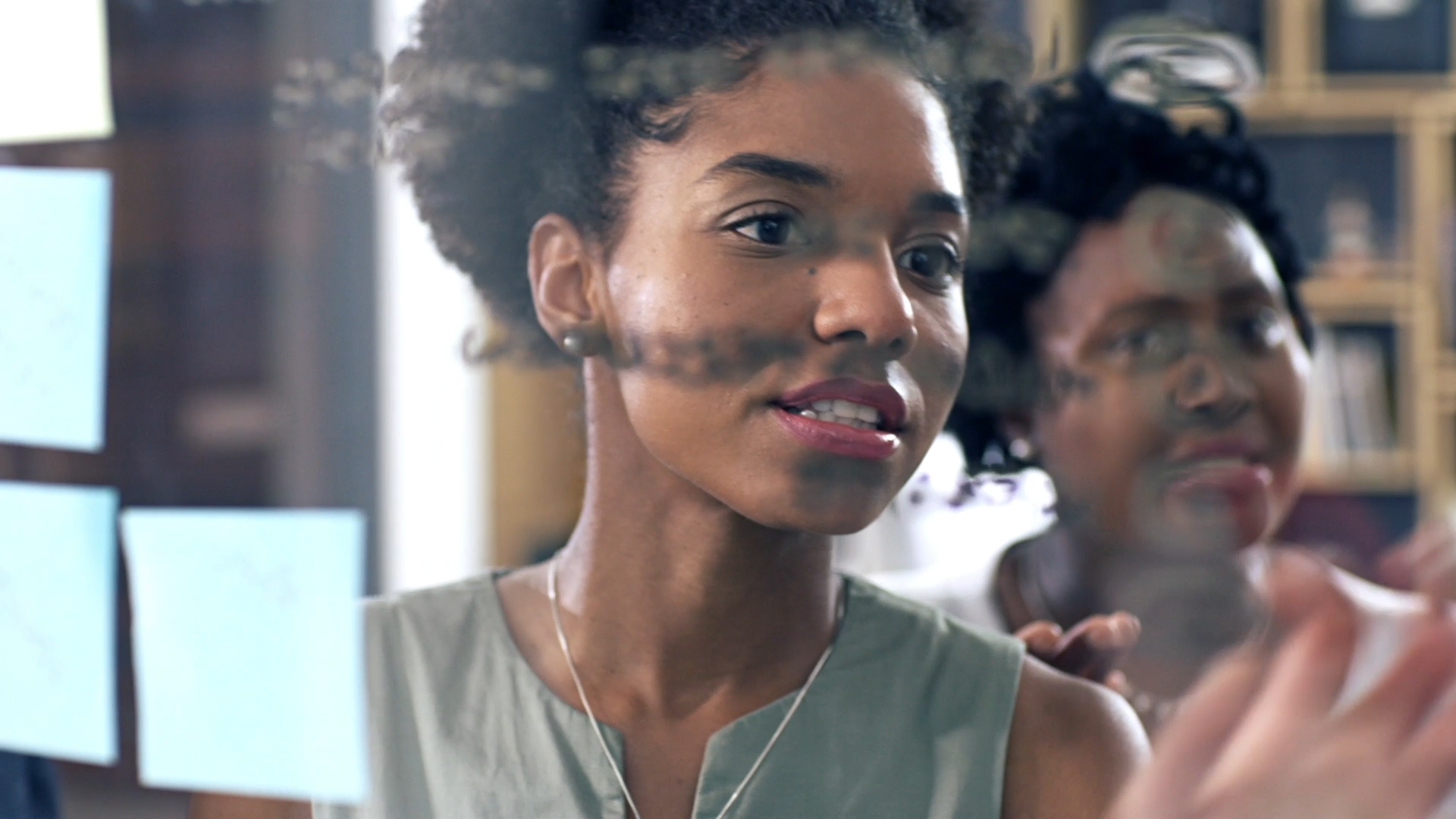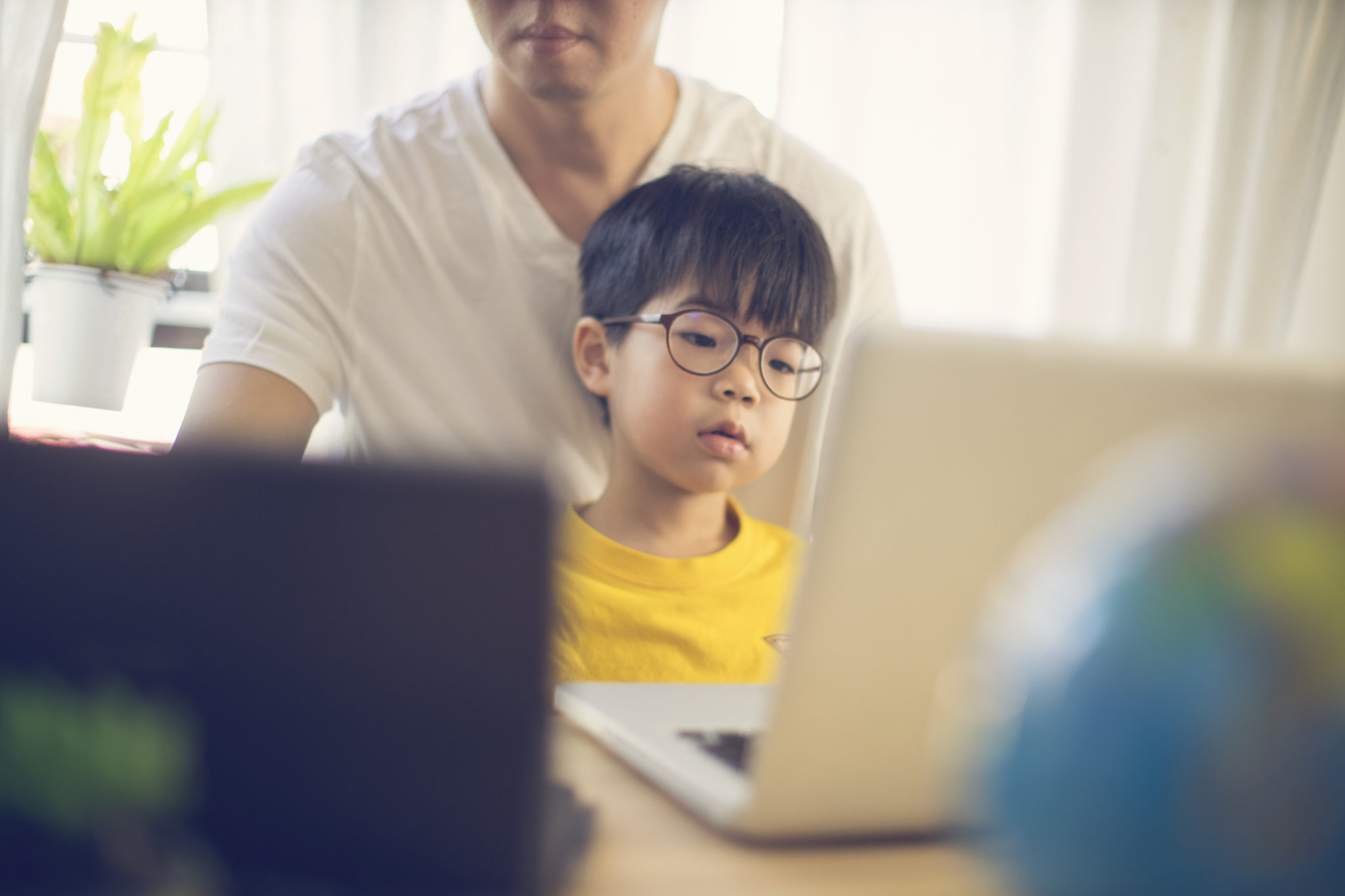The global workplace and the very nature of work itself are changing at a rapid pace. AARP has been calling attention to this long before the pandemic. We see this in the findings of the Future of Jobs 2020 survey from the World Economic Forum, the findings of which make it clear that the COVID-19 pandemic accelerated the arrival of the future of work. According to the survey, 50 percent of employers now plan to accelerate the automation of their work, while over 80 percent are set to expand the digitization of their work processes.
And yet, human workers are in demand and that demand is ever-growing. Related to that is another significant change: Workforce demographics are quickly shifting before our eyes. Today’s older workers are healthier than the older workers of previous generations, and many older individuals are eager to keep working and contributing. Simultaneously, declining birth rates have led to fewer people entering the workforce.
Yet despite the need for talent in the workplace, age remains an equity issue, even though many employers have not historically thought of it in that light. According to June 2021 data from the Bureau of Labor Studies, 55.3 percent of job seekers 55 years of age or older were long-term unemployed, compared to just 36 percent of job seekers ages 16 to 54. Too often, the older worker gets discriminated against and overlooked, perennially facing their own unique challenges and costing our economy billions in lost productivity.
If you’re an employer seeking to satisfy shareholders and outperform expectations, you might want to steer away from such tendencies. Whether you’re a nonprofit or corporate employer, you have clients and customers, and those clients and customers are aging like never before in the history of the world. And so to respond to your customers, it’s imperative that you understand them.
In other words, how we adapt now will have a lasting impact on the success of both employers and employees for decades to come. Our research shows that employers that invest in a multigenerational workforce will have a competitive edge over those that do not.
A formula for equity built on logic
Many global business leaders already get it. In the 2020 Global Employer Survey of OECD Countries, 83 percent said a multigenerational workforce is critical to business growth and success. But the understanding may be somewhat limited, and many of those same businesses have a way to go: 53 percent of the executives surveyed do not include age in a diversity and inclusion policy.
In our post-COVID environment there’s a long to-do list — and a long to-change list. One critical element to any lasting change is the ability to harness a powerful force that lies at a certain nexus—of creativity, innovation, and, yes, equity and inclusion.

The Equity Formula
Why the latter? Because innovation requires inclusion. It’s a formula of logic: If innovation demands creativity, and creativity demands inclusion, then innovation calls for inclusion.
In other words, focusing on age equity unlocks myriad opportunities for workers and organizational leaders alike. Yet, while the formula should be easy to understand, there is still some reluctance to solve it.
How the Equity Formula works
Too often, when evaluating the strengths and potential contributions of a job candidate, someone asks the preferential question, “Will they fit in with our culture?”
Though workplaces may think they want a culture fit, the homogeneity that comes from hiring people who look just like you, work exactly like you do, and come from similar backgrounds tends to hamper the innovation necessary to increase revenue — to say nothing of the historical inequities it likely perpetuates.
By contrast, diversity and inclusion make us smarter. It stimulates thought and expands the minds of those who want to help solve the problems they didn’t know existed. Decades of research shows that socially diverse and inclusive groups are more innovative than homogenous groups. Diversity and inclusion acknowledge the importance of novel information and perspectives, leading to more informed decisions and solutions.
Yet, despite increased attention on diversity, equity, and inclusion in the workplace, one critical form of diversity that needs more attention from organizational leads, hiring directors, and human resource teams is age diversity.
Of course, it’s not a matter of simply getting a more diverse team in the room and calling it a day. Giving the full collection of diverse voices equal airtime is critical. Valuing all contributors and their input equally allows everyone the opportunity to offer insights that drive real value. Inclusion efforts must have at their foundation the creation or realignment of a “speak up” culture. Employees who are empowered with the ability to be creative are four times more likely to contribute to their full potential. Multiply that by a whole staff, and the creative and institutional power compounds from there.
As you look at your teams, your workplace, your customers and stakeholders, and how your executive leadership and management run your business, ask yourself:
- 1. What are we trying to build or do and how can we ensure alignment between our annual and quarterly goals and the inclusion of who does the work to reach those goals?
- 2. How do we ensure inclusive diversity of all kinds for this project, team, initiative, group structure, or outcomes-based goals and responsibilities?
- 3. Are we finding ways to bring different voices, levels and years of experience, thoughts, ideas, and expertise together in a way that will turn creativity into innovation?
- 4. When turning creativity into innovation, do we have diverse voices and experiences as well as a mix of leaders, managers, and front-line staff at the table to make informed, actionable decisions?
- 5. How have we embedded responsibility and accountability for diversity and inclusion at all levels throughout the organization?
Remember the Equity Formula: Innovation demands creativity, which in turn demands diversity and inclusion. To be successful, companies and all organizations must include age as a workplace equity issue, for age is a critical component to diversity. It’s not just the right thing to do; it’s the smart thing to do. Inclusivity creates an atmosphere where great things can happen, and where market-growth opportunity can be explosive.
Nuts and bolts
To build and maintain an age-inclusive workforce, businesses need to focus on three main areas:
Lay the policy backbone to support your multigenerational workforce.
Starting with your company policies, ensure that diversity strategies include age, and that measures are in place to ensure policy translates to organizational and hiring practices. Implement processes to reduce age bias in sourcing and recruitment as well as the interview and selection processes. Further reduce workplace prejudice by offering manager and employee trainings. Engage in strategic workforce planning to reduce skill shortages down the line. Focus on long-term retention by offering employees services such as career planning, long-term financial planning, and phased retirement programs. And utilize team-based performance systems to enhance productivity and collaboration on multi-generational teams.
Make jobs attractive to a diverse talent base and workforce.
Consider the needs of your diverse workforce—from work-life balance to flexible work/telework schedules and flex/leave policies for employees who are caregivers. (Many workers age 50-plus are.) Potential employees place top value on visible signs of an employer’s concern for the physical, mental, social, and financial lives of their workers.
Maintain and develop employee skills across generations.
To maximize a multigenerational workforce, companies must have a comprehensive program for not only developing employee skills, but also ensuring those skills get sharpened and stay up to date so that all generations of workers, from younger to older, have equally relevant skill sets. In addition, trainings (individual, group, and team), mentoring, and reverse mentoring are all proven methods to strengthen the skills of an organization’s diverse set of employees. And in the case of mentoring, both the mentored and the mentor learn from each other.
Growing body of use cases
Studies show that an age-diverse workforce strengthens a company’s resilience especially in times of crisis, missed earnings targets, and economic downturn.. And at the level of both the individual company and the broader economy, it elevates productivity, unlocks markets, sparks innovation, and boosts GDP. Meanwhile, in the public sector, snapshots from countries around the world reveal exciting progress in supporting their economies and doing what is right to ensure diversity and inclusivity, particularly as it relates to age.
In Japan, employment opportunities for older adults are a key component of the government’s national strategy to revitalize the economy. Significant efforts have been made to assist job placement and extend retirement age.
In Singapore, as Minister of Health Gan Kim Yong has noted, the country created its Action Plan for Successful Aging years ago. The government works with employers and unions to enhance senior employability and inclusive workplace policies.
In the U.K., the 2010 Equality Act protects workers from age discrimination in all aspects of their employment. In turn, older adults are either prolonging retirement or re-entering the workforce in new fields through entrepreneurial support programs.
COVID-19’s wake up call
Adapting to a new world of work, a demand accelerated by COVID-19, requires us to take deliberate action in fostering greater equity and inclusion to address systemic shifts in the workforce and future-of-work trends like automation. There’s no better time than now to rewrite the rules and build a new normal that embraces the benefits of a multigenerational workforce. We need to think critically with an age-diversity state of mind about how diversity that is inclusive of age, race, gender, and culture will come together to define the new world economy.









